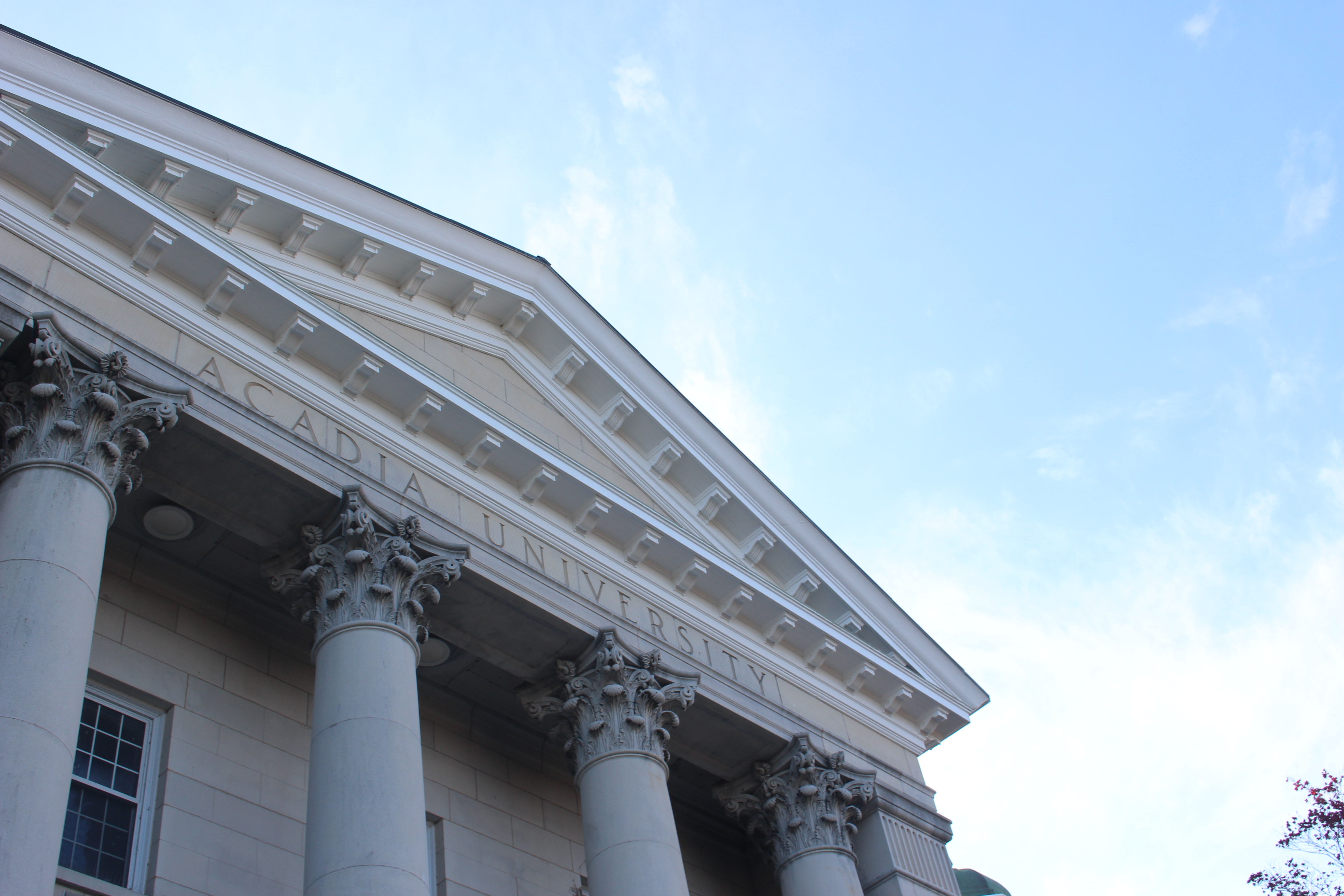To the Editor,
Public art.
Two words that are thrown around but never really thought about. You may be asking what relevance this has. You’re not wrong in doing so. After all, this article is titled “How to Beautify Acadia”, and don’t we already have an incredible campus? Of course we do. However I’m concerned with the future. I want to make my future at Acadia better. And I see that future through the addition of public art.
Let me explain. Our campus is stunning. There’s no denying it. Acadia is a brilliant school that succeeds at two of the big A’s: academics and athletics. But there’s a third A that’s missing: arts. What of the arts? Sure, we have dancers that show up at the Festival Theatre every so often, and speakers that discuss creative engagement, and they are incredible. But let’s look solely at our institution and what we create. In terms of artistic programs and incentives, we’re not brilliant.
What I propose is simple: an annual investment in public art. In Quebec, the provincial government mandates that 1% of every school’s budget must be dedicated towards public art. If we were to adopt a similar doctrine here at Acadia, I see a campus in a beautiful town flourishing with creative spirit. And let’s be honest, can anybody think of a more clichéd hipster town in all of Canada than Wolfville?
Every day I walk past a concrete wall and a metal fence holding a hill up. Both are bland, boring and useless at the moment, but let’s look at it from an artistic perspective. What could be done here? Potentially a graffiti mural on the blank concrete, or lovelocks chained to the fence. Think of the outside of Huggins 10. Why not a giant mural depicting the achievements that science has brought here in Canada? Or among the numerous grass patches: why not statues designed by students, alumni or local artists? Or outside the biology building and behind Patterson: why not a fountain? Not only would it create beautiful spaces to congregate, but it would draw people from near and far who want to see these pieces.
I know there will undoubtedly be people who wholeheartedly disagree with me. Yes, public art may not be the answer to all of our problems. But I’m thinking about where I live. I’m thinking about Acadia, and I love Acadia. I want to make this campus beautiful, and I think public art installations will do just that. We’ll engage students, alumni and members of the community to make our campus even more beautiful. We’ll attract students, professors and guests who may not have thought that Wolfville was where they wanted to be. The rate of return will be substantial in the long run. Before we know it, Acadia will be known nationally (if not internationally) for its academics, athletics, and arts.




